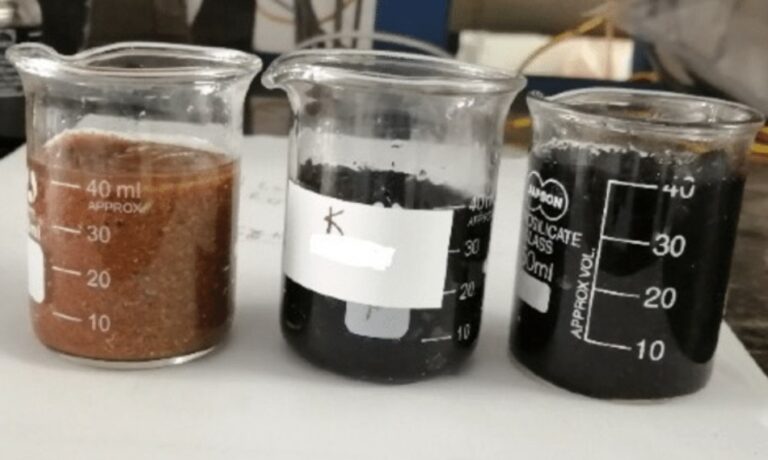Difference Between Catfish Egg And Domestic Fowl Egg
This article will compare and contrast catfish eggs and domestic fowl eggs, exploring the difference between catfish eggs and domestic fowl eggs.
Eggs are a highly nutritious and delicious food item that is consumed all over the world. Eggs come in different types, and each type has its unique properties.

What are Catfish Eggs?
Catfish eggs are the eggs of the catfish, a type of fish found in freshwater environments. The eggs are laid by the female catfish and are fertilized by the male catfish. Catfish eggs are small, each about 2-3 millimetres in diameter.
What are Domestic Fowl Eggs?
Domestic fowl eggs are the eggs laid by domestic fowl, such as chickens, ducks, and geese. These eggs are widely consumed worldwide and are a staple food item in many cultures.
Difference Between Catfish Egg And Domestic Fowl Egg
CharacteristicCatfish EggDomestic Fowl Egg
Size Smaller Larger
Shape Spherical or slightly elongated Oval
Outer Layer Sticky Hardshell
Colour Transparent or translucent with yellowish-orange yolk Brown or white with yellow yolk and clear, viscous egg white
Also read: Characteristics of Mature Fresh Catfish Eggs
Development Develop in water and hatch into larvae Develop inside female chicken’s body and can be incubated to hatch into chicks.
Parental CareCare No parental care after eggs are laid Female chicken provides parental care to offspring after hatching.
Catfish Egg:
Fertilization: Catfish eggs are external fertilizers. The female releases the eggs into the water, and the male catfish releases sperm (milt) to fertilize them externally. This fertilization process occurs shortly after the eggs are laid.
Development: Once fertilized, catfish eggs undergo an incubation period that varies depending on the water temperature and species. Generally, it takes several days for the eggs to hatch into larvae.
Adhesion: Catfish eggs are known for their adhesive properties. Their sticky nature enables them to adhere to various surfaces such as rocks, vegetation, or the female catfish’s body. This adhesion is essential for the eggs’ stability and protection during incubation.
Parental CareCare: Catfish do not provide any parental care after the eggs are laid.
Domestic Fowl Egg
Size: Domestic fowl eggs are generally larger compared to catfish eggs.
Appearance: Fowl eggs are oval and have a hard outer shell, usually brown or white. The yolk is yellow, and the egg white is clear and viscous.
Development: Fowl eggs develop inside the female chicken’s body, and once laid, they can be incubated to hatch into chicks.
Parental CareCare: Female chickens provide parental care to their offspring after hatching, which includes keeping them warm and protecting them from predators.
Conclusion
In summary, the key differences between catfish and domestic fowl eggs are their size, appearance, development, and parental care. Catfish eggs are smaller, have a sticky outer layer, develop in water, and receive no parental care. In comparison, fowl eggs are larger, have a hard outer shell, develop inside the female chicken’s body, and receive parental care from the mother hen.

